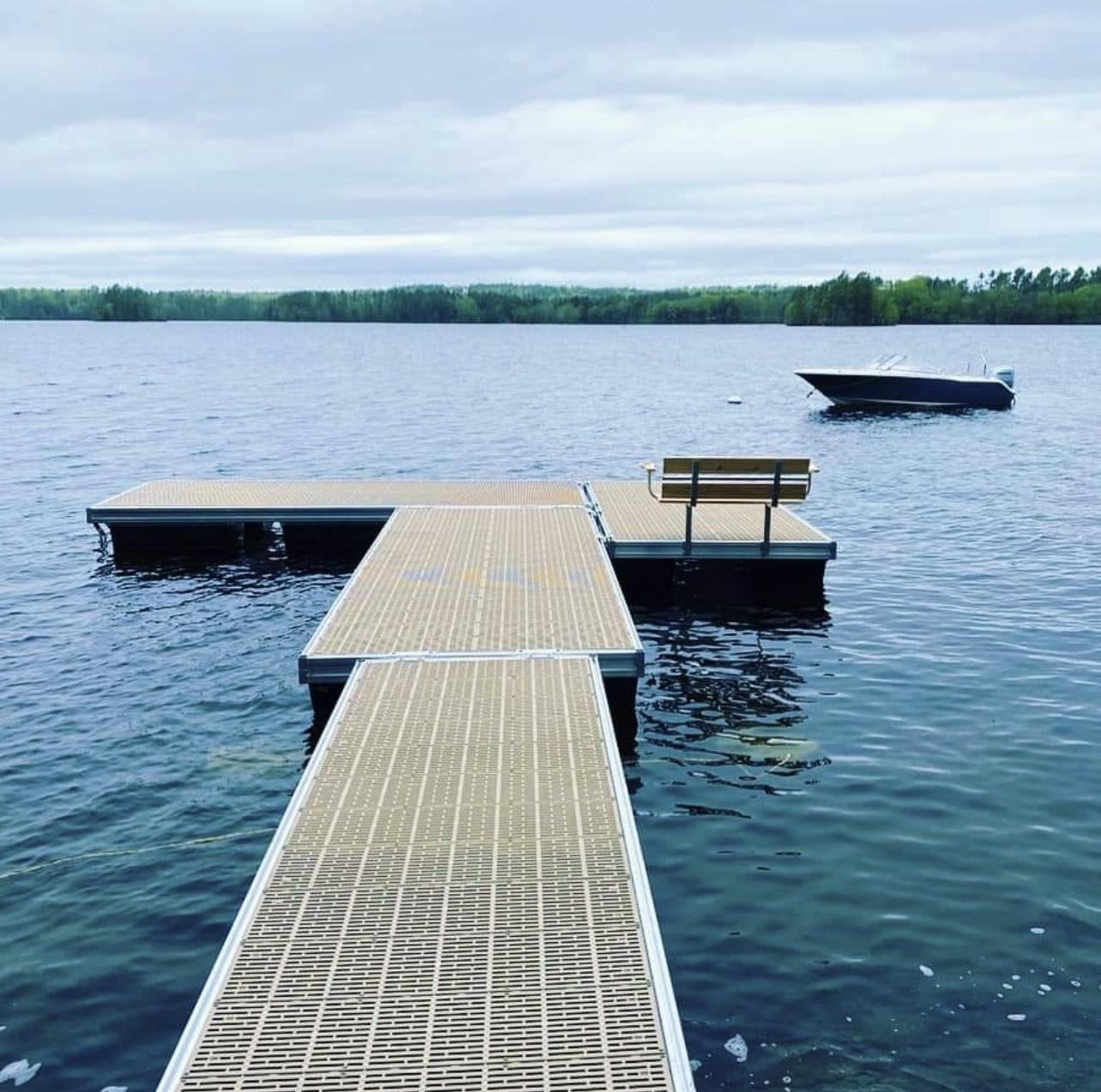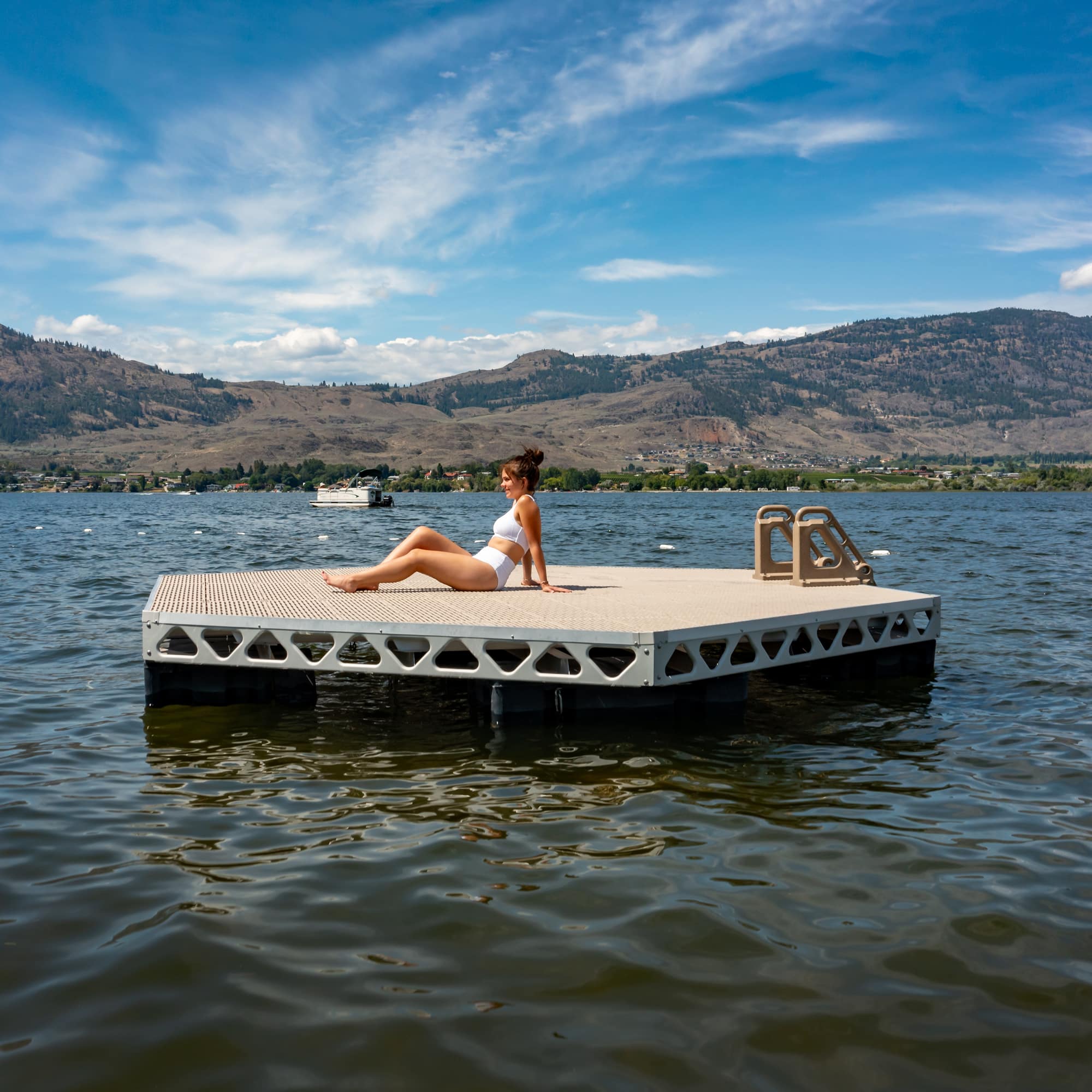Your Guide to Locating the most effective Dock Company for High Quality and Reliability
Your Guide to Locating the most effective Dock Company for High Quality and Reliability
Blog Article
Create the Perfect Docking Service With Floating Docks
Floating docks present a functional remedy for a variety of maritime demands, adjusting seamlessly to fluctuating water degrees and diverse vessel types. As we explore the essential components that contribute to the performance of floating docks, several crucial elements concerning stability and upkeep will emerge, raising inquiries regarding just how to maximize your docking experience.

Advantages of Floating Docks
Floating docks offer various advantages that make them a suitable selection for different maritime applications. Unlike taken care of docks, floating docks increase and fall with the tide, ensuring consistent accessibility for vessels.
Additionally, floating docks are commonly less complicated and quicker to mount compared to traditional set frameworks. Their modular design allows for simple assembly and disassembly, facilitating upkeep and relocation when necessary. This adaptability is especially beneficial for short-lived applications or in atmospheres where conditions might alter.
Floating docks additionally often tend to be a lot more ecologically pleasant, as they reduce interruption to the seabed and bordering water ecosystems. Their buoyant nature reduces the threat of damage to aquatic life, advertising a much healthier environment. In addition, these docks can be tailored to accommodate numerous vessel sizes, making sure that they meet certain operational requirements - dock company.
Eventually, the mix of versatility, ease of installation, and ecological considerations makes floating docks a very effective remedy for a variety of maritime needs.
Choosing the Right Materials
Choosing the proper products for floating docks is essential to make certain longevity, toughness, and stability. The selection of materials straight affects the dock's performance in various environmental conditions, including exposure to water, sunlight, and potential wear from aquatic traffic.
Common materials made use of for floating docks consist of aluminum, wood, and high-density polyethylene (HDPE) Aluminum is light-weight, corrosion-resistant, and requires marginal upkeep, making it a superb selection for long life. Its first cost can be higher contrasted to other materials.
Wood, while cosmetically appealing and giving a typical appearance, can be susceptible to rot and insect damage otherwise correctly treated. Using pressure-treated timber or naturally durable varieties like cedar or redwood can minimize these concerns.
HDPE is a popular selection as a result of its resistance to UV rays and chemicals, together with being eco-friendly. floating dock services. It is offered and lightweight in various shades, permitting personalization
Ultimately, the appropriate material selection will rely on particular needs, including spending plan, desired visual appeals, and ecological considerations. Mindful examination of these elements will certainly cause a successful and durable floating dock service.
Design Factors To Consider for Security
When developing floating docks, ensuring stability is a fundamental facet that can substantially influence their performance and safety and security. Security in floating dock design is influenced by numerous factors, including buoyancy, weight circulation, and the setup of components. An ideal buoyancy system need to utilize materials that give sufficient lift while lessening weight. This equilibrium makes certain that the dock remains above water, even under varying tons.
Weight distribution is essential; uniformly distributing tons across the dock stops turning and improves stability. This can be accomplished with tactical placement of docking devices, such as fenders and cleats, along with correct spacing of floats. Furthermore, the measurements of the dock need to be thoughtfully prepared. Bigger layouts can provide boosted security, specifically in rough water problems, while longer docks may require added assistances to avoid drooping.
One more essential consideration is the environmental effect, consisting of wave action and wind. Incorporating functions such as sidewalls or skirting can assist minimize the impacts of environmental forces, maintaining security in damaging problems. Eventually, a mix of thoughtful design, product selection, and understanding of ecological variables will certainly yield a drifting dock that satisfies both stability and security requirements.
Installment Tips and Methods

Following, secure the needed authorizations and abide by regional guidelines, which might dictate setup methods and ecological considerations. If required, engage a have a peek at this website qualified specialist experienced in floating dock installments. Usage top notch products created for aquatic settings to boost sturdiness and long life.
When placing the dock, straighten it identical to the coastline to assist in easy access. Make certain that the anchoring system is durable, using cinder block or helical anchors to maintain the dock against wind and wave activity. It's crucial to make up seasonal water level changes, consisting of possible ice motion in cooler climates.
Throughout the find out here installment, ascertain the dock's floatation and security prior to settling the anchoring. Consistently evaluate the setup for any type of signs of wear or damages. By complying with these strategies and ideas, you can achieve a safe, functional, and visually pleasing floating dock installation that fulfills your needs.
Upkeep and Care Standards
Preserving and caring for floating docks is critical to lengthening their life expectancy and guaranteeing secure use. Regular examinations must be conducted to determine any type of indicators of wear, damages, or aquatic development. Look for cracks, loose fittings, or blemished locations on the dock's surface, as these problems can jeopardize architectural integrity.
Cleaning up is crucial. Use a stress washing machine to remove algae, barnacles, and debris, which can collect with time. For persistent development, consider eco-friendly cleaner that will not damage aquatic life.
Additionally, inspect the mooring lines and supports regularly to ensure they are safe and complimentary from deterioration. Change any kind of torn or harmed lines promptly to maintain stability.
During extreme weather condition, such as tornados my link or freezing problems, take preventive actions. Safeguard the dock with added mooring lines and, if viable, remove any type of removable components to avoid damages.
Final Thought
In conclusion, the execution of floating docks provides a functional and reliable docking option ideal for different maritime applications. With correct installment and normal maintenance, floating docks can provide reliable and reputable docking experiences for a vast range of vessels.
As we discover the vital elements that add to the efficiency of floating docks, numerous key aspects pertaining to stability and maintenance will arise, elevating questions regarding just how to optimize your docking experience. Unlike dealt with docks, floating docks increase and loss with the tide, ensuring consistent access for vessels.When creating floating docks, guaranteeing security is an essential aspect that can significantly impact their capability and safety. Stability in floating dock design is affected by numerous factors, including buoyancy, weight distribution, and the arrangement of components. Ultimately, a combination of thoughtful design, material option, and understanding of ecological variables will certainly generate a drifting dock that satisfies both stability and safety requirements.
Report this page